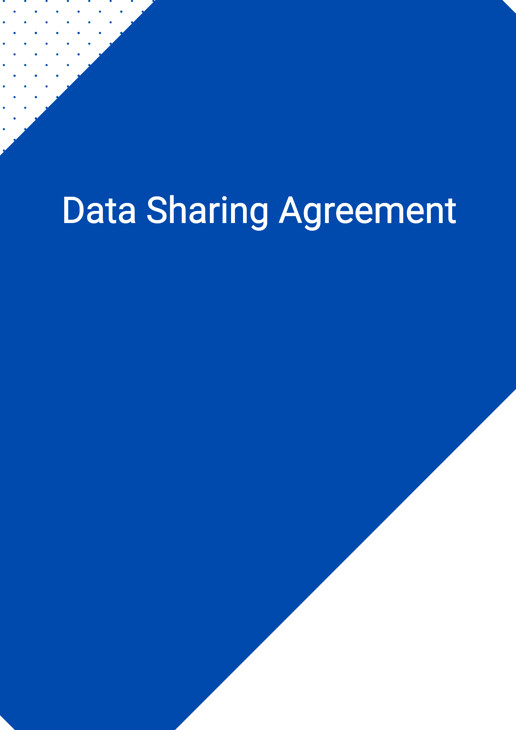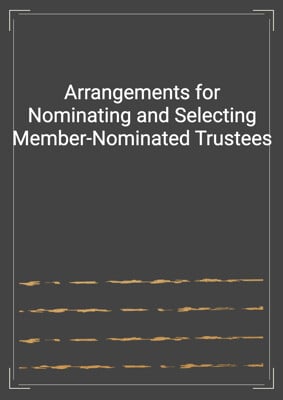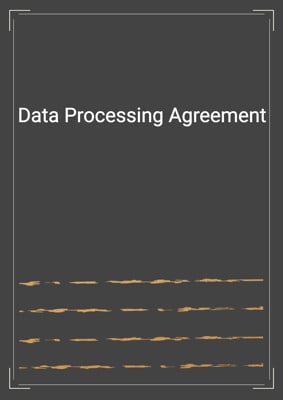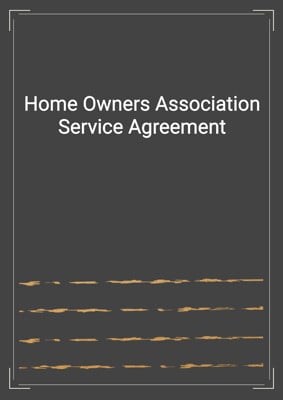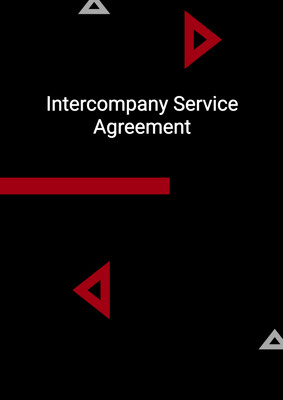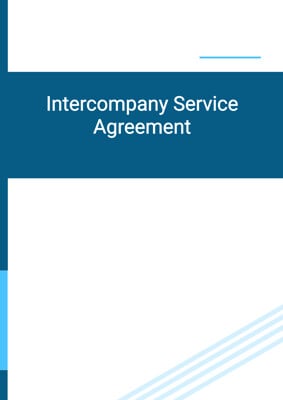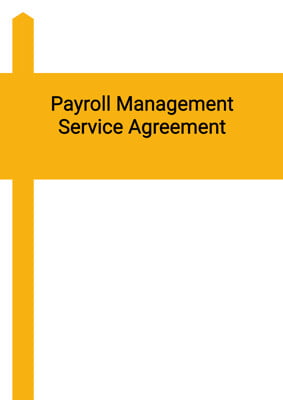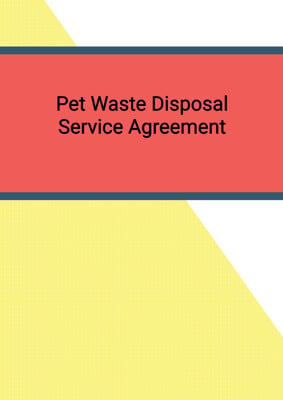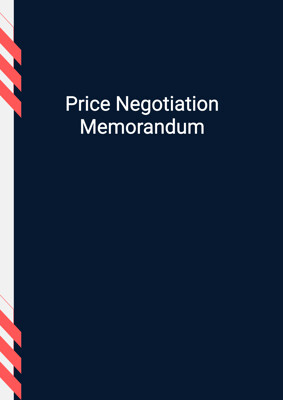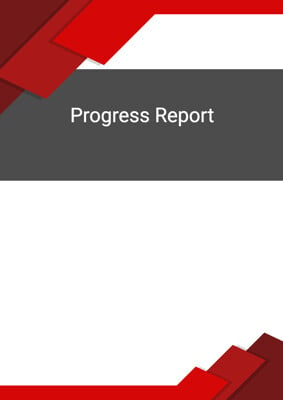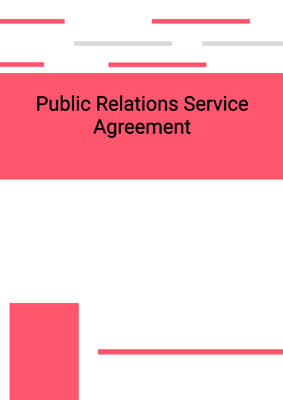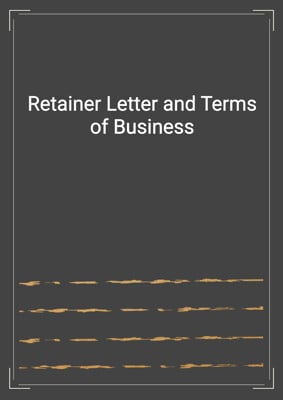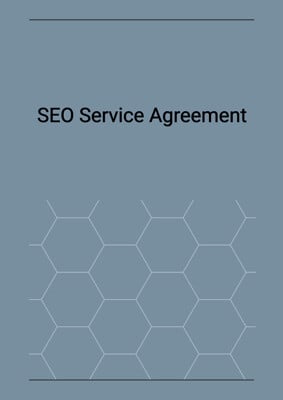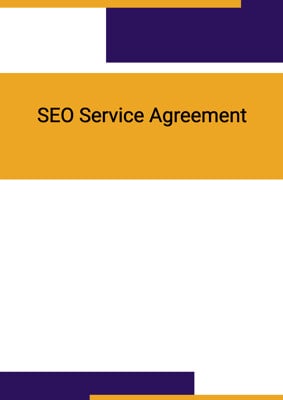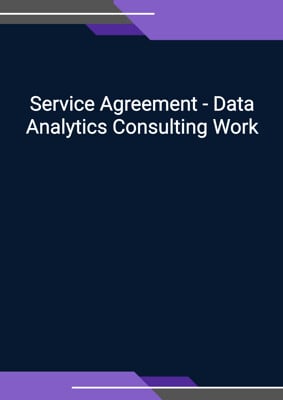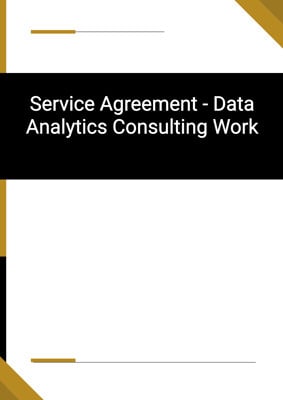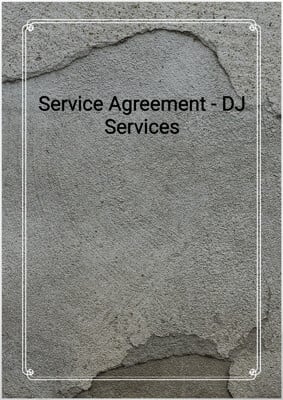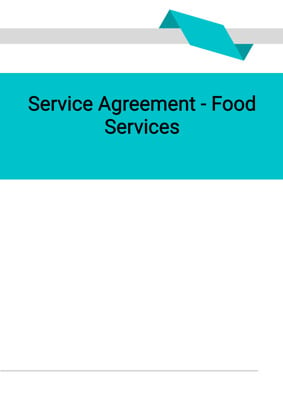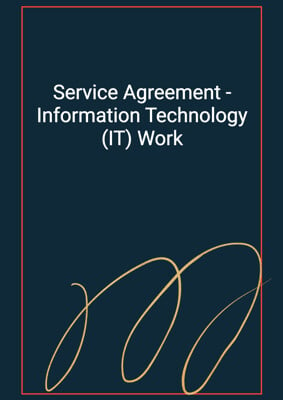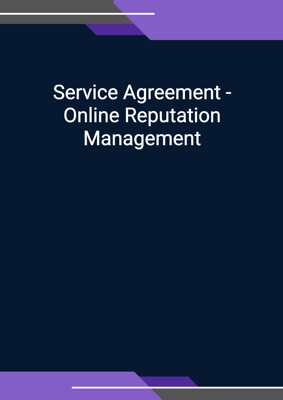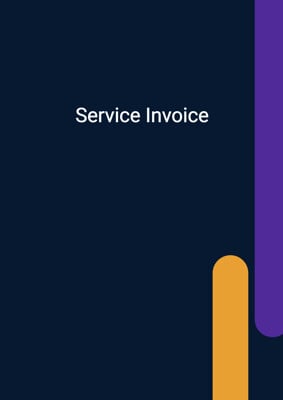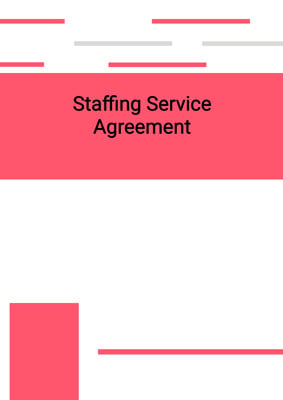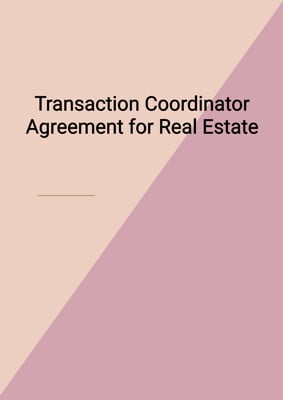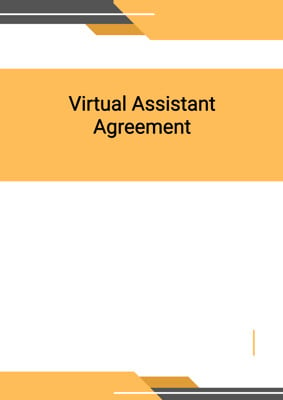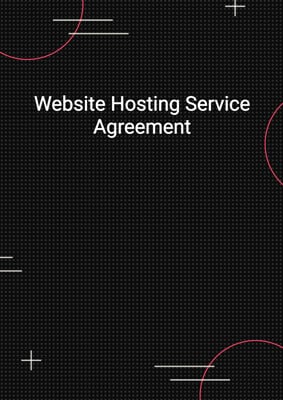How to Tailor the Document for Your Need?
01
Create Document
Fill in the details of the parties. You can click the "Fill with Member’s Information" button to complete it with information saved to your account.
02
Fill Information
Please fill in any additional information by following the step-by-step guide on the left hand side of the preview document and click the "Next" button.
03
Get Document
When you are done, click the "Get Document" button and you can download the document in Word or PDF format.
04
Review Document
Please get all parties to review the document carefully and make any final modifications to ensure that the details are correct before signing the document.
Document Preview
Document Description
The Data Sharing Agreement is a legal document that outlines the terms and conditions for sharing personal data between two parties. It is important because it establishes the framework for the sharing and processing of personal data, and defines the procedures, purposes, and means of the data sharing. The agreement is entered into by Party 1 and Party 2, who are joint controllers of the shared personal data.
The agreement begins with an interpretation section, which provides definitions for key terms used throughout the document. It clarifies that the agreement is subject to data protection laws and defines terms such as controller, joint controller, processor, data subject, personal data, and processing.
The term of the agreement is specified, stating that it will be effective from the date of signing and continue for a certain number of months, unless terminated earlier. The agreement then outlines the types of personal data that will be shared between the parties during the term.
The purpose and means of sharing the personal data are described, ensuring that the shared data will only be processed for the agreed-upon purposes and in compliance with data protection laws. Both parties are obligated to comply with data protection laws and implement appropriate security measures to protect the shared personal data.
The agreement also addresses data subject rights, requiring each party to assist the other in responding to data subject requests and ensuring that shared personal data is accurate. In the event of a data breach, both parties are required to notify each other and cooperate in mitigating and remedying the breach.
The agreement allows for the transfer of shared personal data to permitted recipients, subject to separate written contractual arrangements. It also specifies the retention and return of shared personal data, as well as compliance and audit procedures.
The agreement includes provisions for termination, indemnity, limitation of liability, and dispute resolution. It clarifies that the agreement does not create an agency or partnership relationship between the parties and that no rights are conferred to third parties.
Notices and service provisions are included, specifying how notices should be served and providing contact information for each party. The agreement can be executed in counterparts, with each counterpart considered an original.
In summary, the Data Sharing Agreement is a comprehensive document that establishes the terms and conditions for sharing personal data between Party 1 and Party 2. It ensures compliance with data protection laws, defines the purposes and means of data sharing, and outlines the rights and responsibilities of the parties involved.
How to use this document?
To use the Data Sharing Agreement, follow these steps:
1. Review the agreement: Familiarize yourself with the terms and conditions outlined in the agreement. Understand the definitions and key provisions, such as data protection laws, controller, joint controller, and personal data.
2. Customize the agreement: Fill in the necessary information, including the names and addresses of Party 1 and Party 2. Ensure that the agreement reflects the specific details of your data sharing arrangement.
3. Specify the types of personal data: Determine the types of personal data that will be shared between the parties during the term of the agreement. If special categories of personal data are involved, indicate this in the agreement.
4. Define the purpose and means: Clearly state the purposes for which the shared personal data will be processed and the means by which it will be processed. Ensure that the purposes are compatible with data protection laws and that the processing is fair and lawful.
5. Comply with data protection obligations: Both parties must comply with data protection laws and implement appropriate measures to protect the shared personal data. This includes providing notices, informing permitted recipients of their obligations, and processing the data fairly and in compliance with the law.
6. Address data subject rights: Establish procedures for handling data subject requests, such as access, rectification, and deletion. Maintain records of such requests and notify the other party before disclosing shared personal data in response to a request.
7. Prepare for data breaches: Develop a plan for responding to data breaches, including notifying the other party and cooperating in the investigation, mitigation, and remediation of the breach. Comply with reporting requirements under data protection laws.
8. Transfer and retention of data: If necessary, establish separate contractual arrangements for transferring shared personal data to permitted recipients. Determine the appropriate retention period for the data, considering statutory and professional requirements.
9. Terminate the agreement: Understand the conditions for terminating the agreement, including providing written notice and addressing breaches of obligations. Follow the procedures for returning or destroying shared personal data upon termination.
10. Ensure compliance and self-audit: Each party is responsible for its own legal compliance and self-audit. If concerns arise regarding the processing of shared personal data, request to inspect the other party's arrangements and engage in discussions to resolve any issues.
11. Seek legal advice if needed: If you have any questions or concerns about the Data Sharing Agreement, consult with a legal professional to ensure that your rights and obligations are properly understood and protected.
Not the right document?
Don’t worry, we have thousands of documents for you to choose from:
